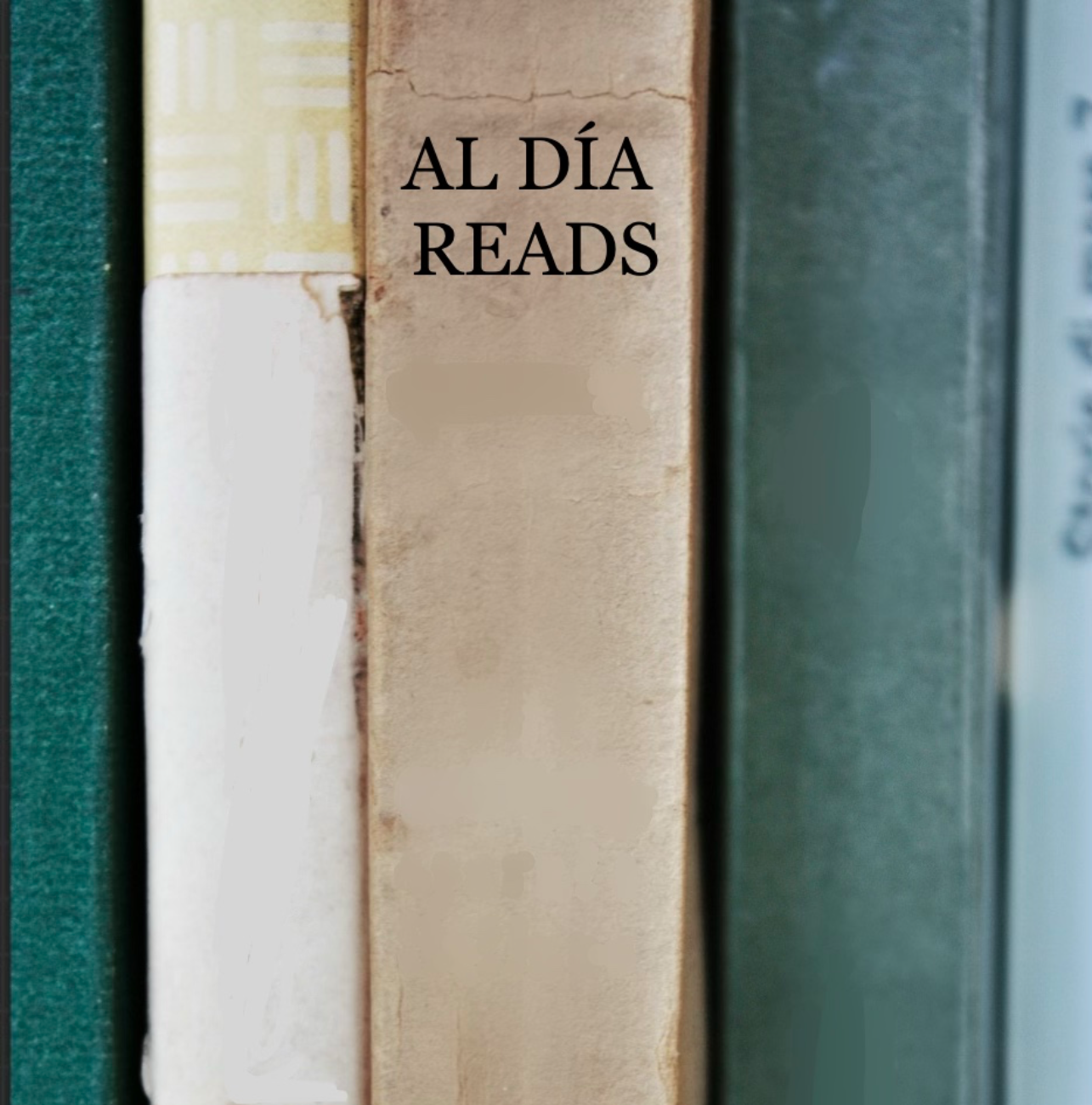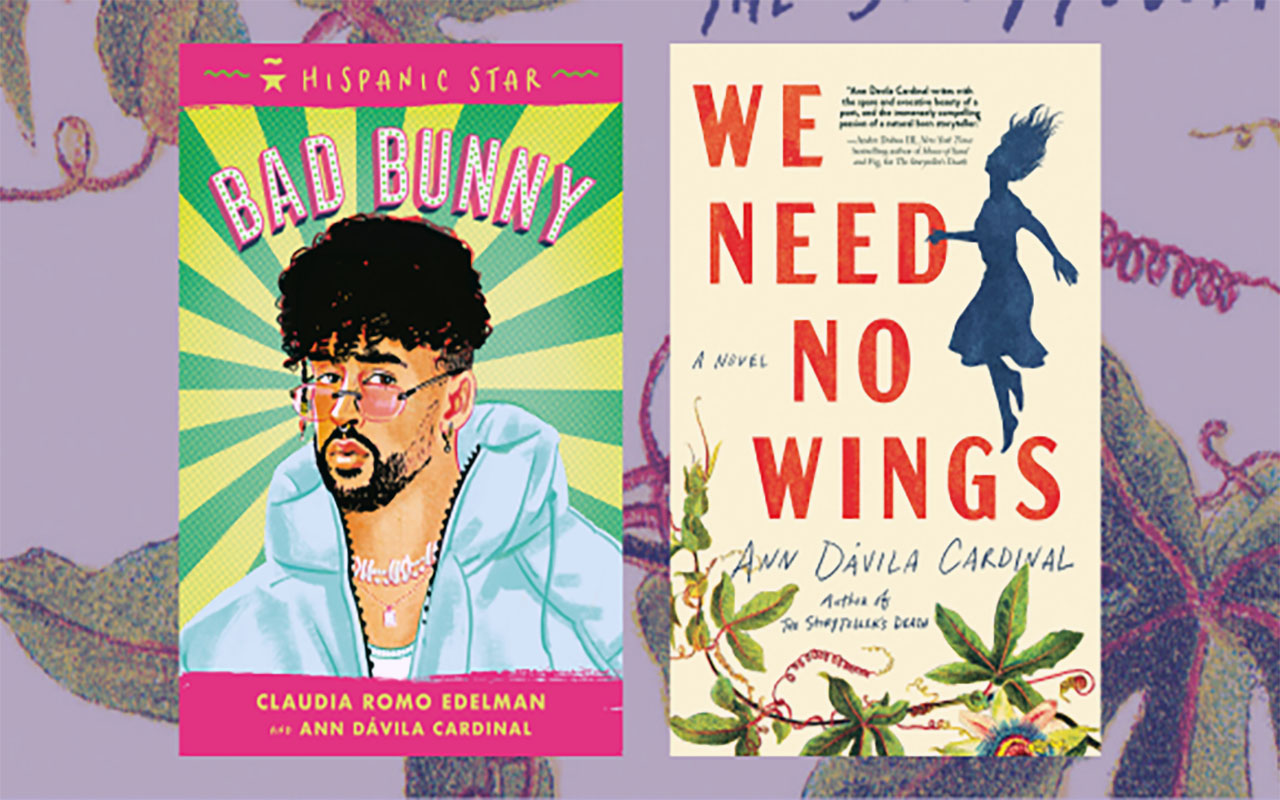
'Alice in Wonderland' goes Spanglish
If translation is appropriation, why not read the classics in our language?
"Janguear," "parkear" or "estar ready" are common expressions among Hispanics in the United States, who combine English and Spanish in their colloquial speech to give shape to Spanglish, or "inglañol" as it was coined in the 1940s by the Puerto Rican writer Salvador Tió.
But why not bring this hybrid of two languages — neither dialect nor language per se — to the pages of a book? In fact, it happens. Writers like the Puerto Rican Giannina Braschi or Ana Lydia Vega are its best ambassadors.
When we talk about literary classics that are translated from their original language or are written in English, things change. For this reason, the Latinx writer and academic Ilan Stavans has set to work to bring identity to the classics by saying "if the mountain does not come to Mohammed...".
His new book, Alicia's Adventures en Wonderlandia, is a rewriting of Lewis Carroll's classic where the language is as important as the metaphor of the Latinx who, as the girl Alice, arrives in a land that works with its own codes and she must adapt in order to survive.
"Most readers access the classics in a language other than the original," Ilan Stavans told NBC's Arturo Conde. "I want Latino culture, like other advanced cultures, to have foreign classics translated into a familiar voice."
That voice is Spanglish, which his author deftly introduces into the cultural rabbit hole with phrases like "The rabbit-hoyo went straight on like a tunnel down some way."
Stavans grew up in Mexico and first read Carroll's book in Spanish, but upon migrating to the United States years later, he began to think of Alice as a symbol of his own identity as a Latin American in the country.
RELATED CONTENT
"Alice is an extraordinarily compelling metaphor for Latin Americans entering a totally different world in the United States and the pressure of assimilation," says the writer and Amherst College professor, for whom translation is a form of appropriation and "you have to create nuances and culturally adapt a story to be true to the readers".
In this way, the story magically becomes a bridge to establish a connection between various cultures, both for children and adults, and a form of mutual impregnation of two universes, the Anglo-Saxon and that of Latin American magical realism.
This is not the first classic that Ian Stavans has rewritten in Spanglish; he has already done so with Cervantes' Don Quixote and Saint-Exupéry's The Little Prince, and, in his opinion, translating these works has helped him to understand how identity works in both language and literature.
A kind of cultural activism that is necessary in a country where the reading habit is still more related to those with more education and purchasing power and where, according to a survey by the Pew Research Center, 27% of U.S.-born Latinos do not read a single book a year - this figure rises to 56% among foreign-born Hispanics.
Reading in Spanglish in this case can be like Alice's mirror, a door to another way of understanding one's origin at the same time as the process of assimilation — without being erased by it.












LEAVE A COMMENT: